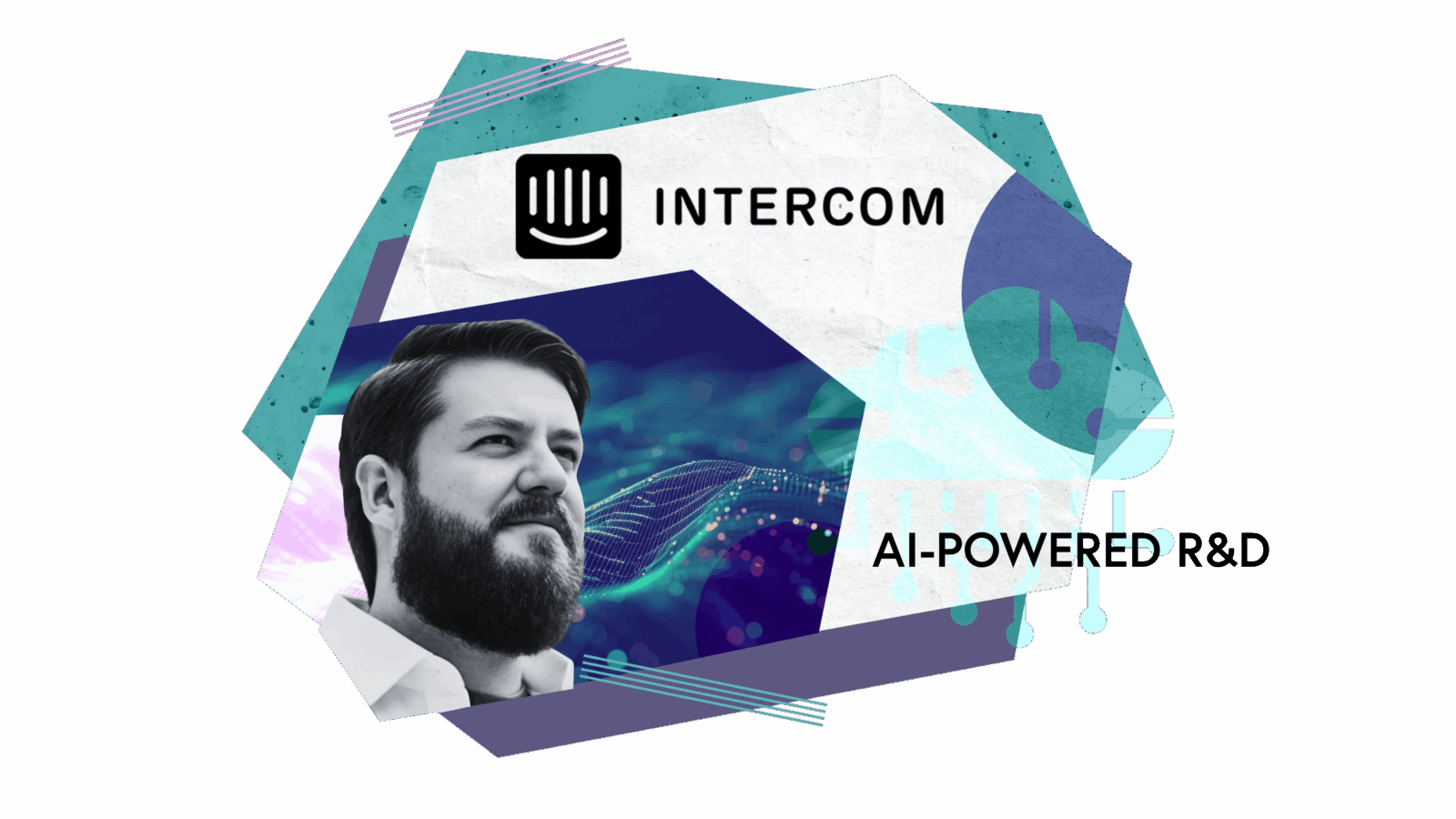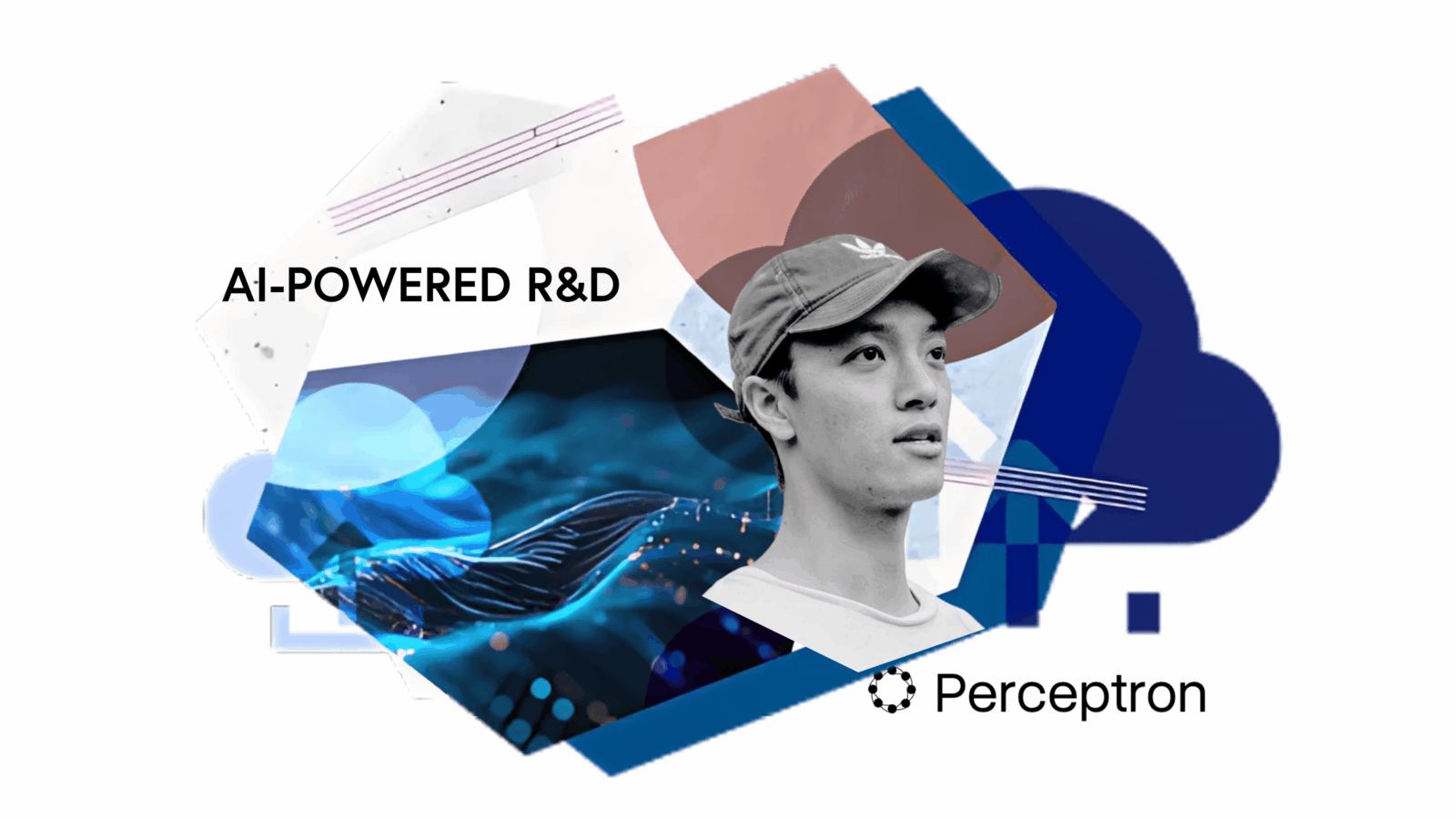Abridge, Canva, and Zapier share insights on AI innovation to SaaS leaders
Three product builders share how generative AI and language models are transforming SaaS across healthcare, design, and enterprise technology.
The potential applications of language models are practically limitless. At Bessemer, we believe that advancements in large language models (LLMs) will create huge opportunities for SaaS founders who embrace them—and risks for those who don’t build and adopt quickly. Many have already taken action, and for those who haven’t started to retrofit their product roadmap, you’re in luck. At this year’s State of the Cloud event, we brought the leaders of Abridge, Canva, and Zapier up on stage to share field notes on how their team incubated, built, and launched their products powered by generative AI and language models.
Each leader had different levels of past experience with AI and different customer profiles they wanted to serve. While Abridge had its origins in the machine learning labs of Carnegie Mellon, the founders at Zapier only started seriously considering how to use language models over the past eight months. And while Zapier ultimately used ChatGPT to create an API for developers building AI-first products themselves, the Canva team used it to add to its suite of design tools beloved by 120 million people, most unfamiliar with AI.
Executive summary: Abridge, Canva, and Zapier on GenAI
Abridge
- Uses AI to alleviate clinician burnout by auto-summarizing medical conversations and extracting structured data.
- Builds a strong data moat using a large proprietary dataset and patient feedback (reinforcement learning with human feedback).
Canva
- Democratizes design with AI-powered tools like Magic Design, quickly deploying new features by combining user input and vast template libraries.
- Values hybrid human-AI systems for rapid iteration and product enhancement.
Zapier
- Enables no-code automation using natural language, via the NLA API and ChatGPT plugin.
- Demonstrates the power of rapid prototyping: small teams, learn-fast-ship-fast mindset.
We’ve included the videos of these lightning case studies, as well as our summaries and key takeaways below. Regardless of whether you’ve just started thinking about how AI could address your unique customer and operational challenges, or have already begun building, the experiences and reflections of these early actors can help inform your next steps.
Abridge: Deepening the data moat
Abridge exemplifies the power of large language models to make a massive impact in healthcare. Abridge’s CEO & Co-founder, Shiv Rao, was never motivated by Silicon Valley buzz over AI. In fact, he didn’t set out in the first place to build an “AI startup” at all. The Pittsburgh-based cardiologist set out to solve a pernicious problem faced by his industry: record rates of clinician burnout. When doctors see patients, they not only have to provide care, but also take meticulous notes, carefully written to satisfy three audiences simultaneously: patients, other doctors, and insurance providers. The cognitive overhead required to write these notes, all while seeing patients as frequently as every 10-15 minutes wears out doctors and distracts from their core task: providing the best possible care to patients and helping them to stay on top of their health.
Partnering with machine learning experts at Carnegie Mellon University, Rao built a product that could take the lion’s share of this clerical work off of doctors’ plates. The team trained existing models using a proprietary data set of 1.5 million medical encounters that they had spent years collecting and aggregating. Today, Abridge’s AI accurately summarizes conversations between doctors and patients and can then extract structured data necessary for coding, billing, and risk assessment.
Because medical conversations are sensitive and high-stakes, customer trust has always been critical for Abridge. To maintain a transparent and credible product, the team used its own models to recognize medical speech, separate out medically relevant regions of the transcripts, generate clinician summaries, and ultimately tie the summaries back to the underlying evidence. Building the technology in-house and leveraging comprehensive data resources maintains the ability to assess and optimize the accuracy, coverage, and reliability of the notes Abridge generates.
Perhaps even more than the models themselves, Rao sees Abridge’s data as a major competitive advantage. To further deepen the moat, the team has built a consumer app that allows patients and families to share feedback on the notes generated during their conversations with doctors, which has given Abridge even richer annotated data to train the models.
“Patients and family members are now giving us back their data in a de-identified way, doing what OpenAI has made mainstream: reinforcement learning with human feedback,” explains Rao. “People are correcting outputs that we’ve generated and those outputs are feeding a model that ends up serving the enterprise.”
Recent developments in large language models have confirmed for Rao what he has long suspected: engaging users to improve models is the most effective way for AI-native companies to meet the unique needs of their market and maintain defensibility as AI-powered features increasingly become the norm. And especially in healthcare, keeping the “customer”—the patient—at the center of the solution is what will drive adoption of AI to transform back offices, payments, research, all to support and deliver better patient care.
Canva: Putting a creative director in your pocket
Canva’s Head of Search and Recommendations, John Milinovich, first learned about AI in 2008 when the founder of Processing.js presented the parametric design framework to him and his classmates at UCLA. Back then, he couldn’t imagine the advancements that would follow. By the time he joined Canva, his team had already spent five years working to put the power of those advancements into the hands of everyday people.
True to its mission of empowering the world to design, Canva has helped 120 million users create 15 billion designs. Its diverse user base includes third grade teachers and first-time startup founders who share one thing in common: no professional design training. Unlike other design platform users, people on Canva need more than a passive design platform—they need a creative director.
AI makes it possible. Several years ago, the team used machine learning and AI to give template recommendations, world-class search, and design feedback to customers. The AI-powered tool also took over repetitive and time-consuming operational tasks like translating from one language to another, or changing the dimensions from a post for Instagram to a post for Facebook.
Magic Design took Canva’s foundational work on AI to the next level. After the release of ChatGPT, Canva acted quickly. A 20-person, cross-functional team with representatives from full stack engineering, trust and safety, legal ethics, product marketing, and product management built and released the new product, Magic Design, in just three and half months.
Magic Design uses AI to solve one of Canva’s biggest customer problems: fear of the blank page. It takes user inputs, plus the billions of templates created by other users, and then uses an LLM to generate new text, define design parameters, and ultimately produce a set of designs that give users a jumping off point. From there, the user refines, and those refinements inform all the future first drafts that Magic Design will produce.
For Milinovich, the success of Magic Design gives credibility to the idea that not all AI-powered products need to exclusively use AI. Canva used a hybrid system of AI search and parametric design that effectively augmented Canva’s existing product experience without replacing it. The approach made it possible to get the first draft of Magic Design out quickly, and start getting user inputs that feed back into Canva’s dataset.
Zapier: Turning prompts into actions with ChatGPT plugins
Zapier allows its millions of users to build automated workflows between thousands of apps, without writing a single line of code. Co-founder Mike Knoop has been building Zapier for almost his entire adult life. When he started reading about the emergent capabilities of LLMs about a year ago, he believed for the first time that we were on a path towards artificial general intelligence.
Given the magnitude of the developments, Knoop and another co-founder, Bryan Helmig, decided to spend six uninterrupted months focused on AI. As a first step, the pair brought on more AI-first apps into Zapier’s ecosystem. Both the OpenAI and ChatGPT Zapier apps exploded in popularity after launching. Overall, AI-first apps quickly became the fastest growing app category in the history of Zapier.
Still, the co-founders wanted Zapier to do more than just benefit from the advancements in AI—they wanted to contribute to them. In a matter of months, the pair built the Natural Language Actions “NLA” API, which allows developers to put Zapier’s 30,000+ app actions inside their own products. Prior to the release, Zapier had never released a public API because the team didn’t want to pass on the complexity of their ecosystem onto other developers. However, GPT models allowed the team to sand off edge cases and give them something much more usable.
Natural Language Actions is optimized for products that use natural language. It even returns 350 tokens to make it safe to insert into another language model prompt. Developers in the space took notice and within weeks thousands were building on the NLA API. When, OpenAI released Plugins, Zapier was a launch partner and powered the Zapier Plugin with the NLA API. With it, users can use text to initiate workflows across multiple apps, and the model will call Zapier’s API as needed to complete them. For example, you can write: “Look up this email in my Notion database. If a user with that address doesn’t exist, add them to my Notion workspace and send them an email from my Gmail saying hello.” Then, the plugin executes the actions.
Building the plugin took just under six weeks. For Knoop, dedicating too much time researching AI’s existing capabilities would have just delayed the real moment of discovery. The team became experts in a relatively short time and then applied the learn-fast-and-ship-quickly method. They wanted to see what users would actually do with those capabilities. From Knoop’s perspective, better trained models and really differentiated product evolution will come from what we do with the technology versus what the technology can do today.
Takeaways for SaaS leaders looking for an AI retrofit
The experience of these three leaders make clear it that the industry, use case, scope, timeline, and team make-up of an AI initiative can vary widely and still all see success. Despite their many differences, Abridge, Canva, and Zapier shared a few core tenets of building AI-powered products that can benefit any SaaS leader.
- Start with the problem, not the solution. We believe that SaaS companies that don’t adopt AI solutions within the year will be left behind. But before you build, pick a low risk, high potential problem for your unique customer context. Consider language models as incredibly powerful predictive calculators that can ultimately improve the functional value and economic value of your product. AI is a tool at your disposal as you work on solutions for the customer and operational problems your company faces right now. The fundamental problem of the blank page led the Canva team to build Magic Design. The complexity of Zapier’s ecosystem led the founders to shy away from releasing a public API–under advancements in large language models made it possible to hide that complexity.
- If you have an AI-first product, deepen your moat. AI-first products will soon become the norm, so if AI is your competitive advantage, figure out what you need to do to build up your product’s defensibility. Rao knew that acquiring the right healthcare data, both for training and evaluating its models could be Abridge’s secret sauce, so the team invested in a consumer product and a comprehensive data annotation effort. This data would eventually provide the means to develop the models that power its enterprise products. Moreover, this data opens up capabilities that are not readily available to competitors hoping to enter the space purely on the strength of out-of-the-box LLM capabilities.
- If you’re new to AI, leverage first-principles thinking. Recent developments in large language models will likely fundamentally change the way SaaS companies serve customers. If your team doesn’t have much experience with them, it’s worth using first-principles thinking to determine how AI can shape your company strategy. Let that work begin with team members who understand the business, product, mission, and customer base from hands-on experience building. These can be the actual founders, as in the case of Zapier, but they don’t have to be.
- Get to your minimal viable product quickly. AI products get better the more your users engage with them. Assemble a team (i.e., “Skunk Works” team) to build your product as soon as possible so you can start refining it with human input. “As soon as possible” will mean something different to every team. If you don’t have experience with AI, you’ll need to invest more time up front researching, like the Zapier founders. If you’ve built AI-powered products in the past, you pull in experienced team members and build off of your existing infrastructure, like Canva, to get something up and running in a shorter timeline. Long term, building out a centralized machine learning team will be the norm for nearly all SaaS platforms.






